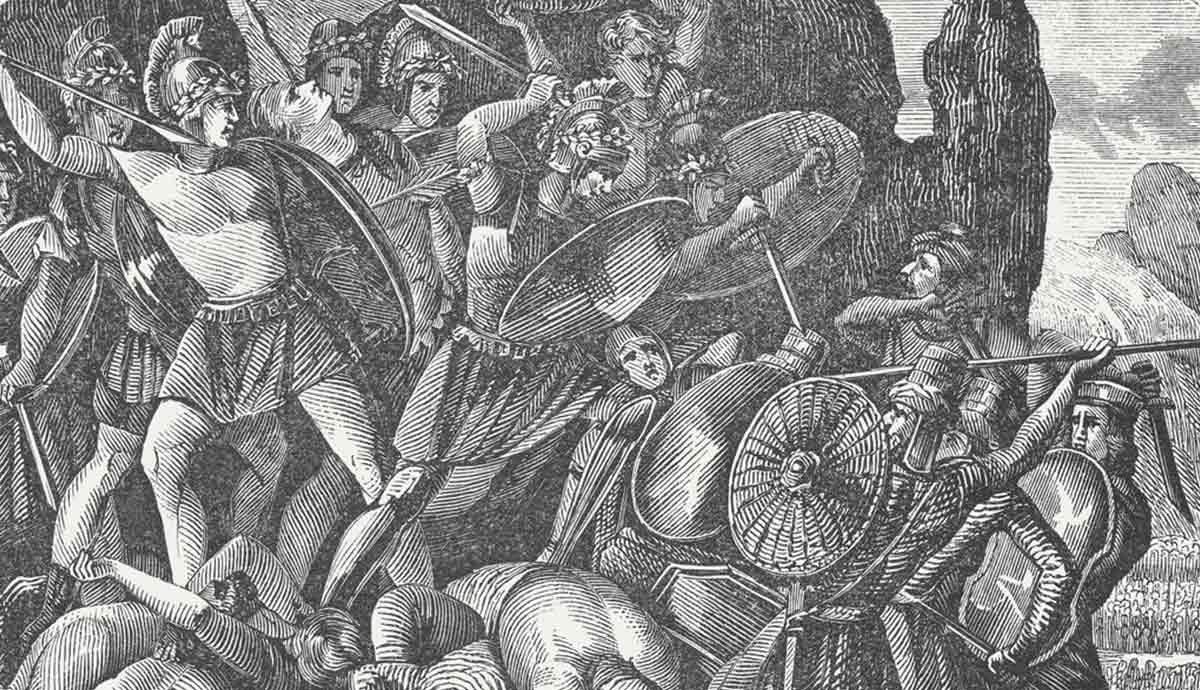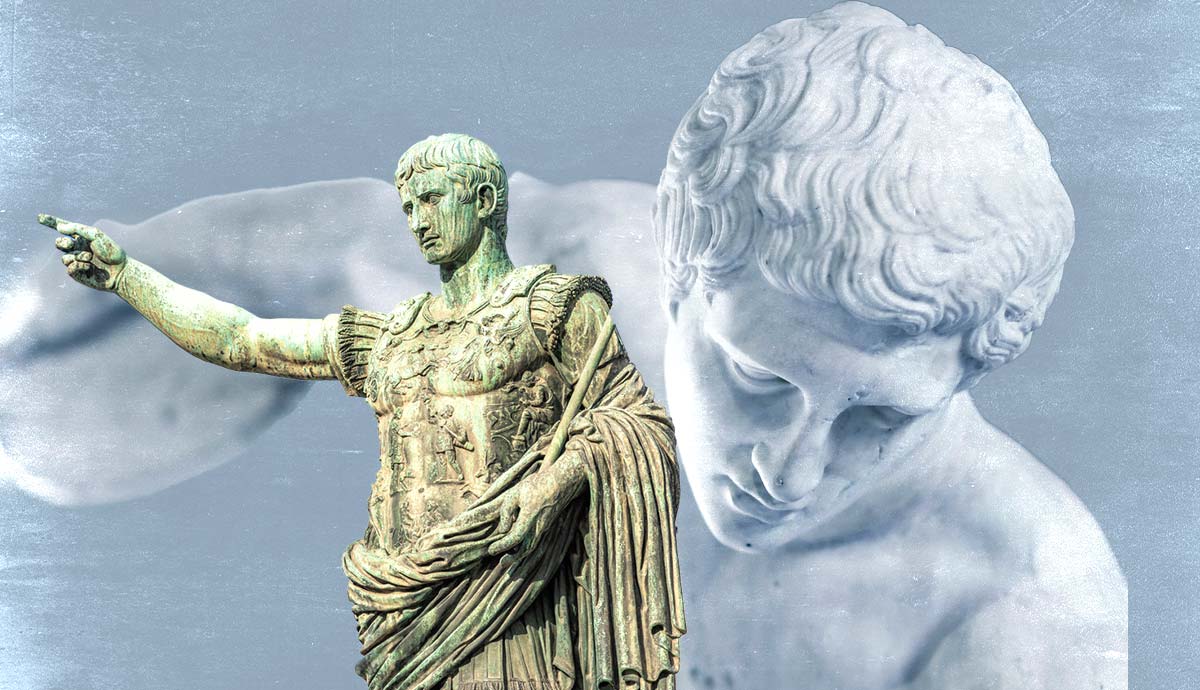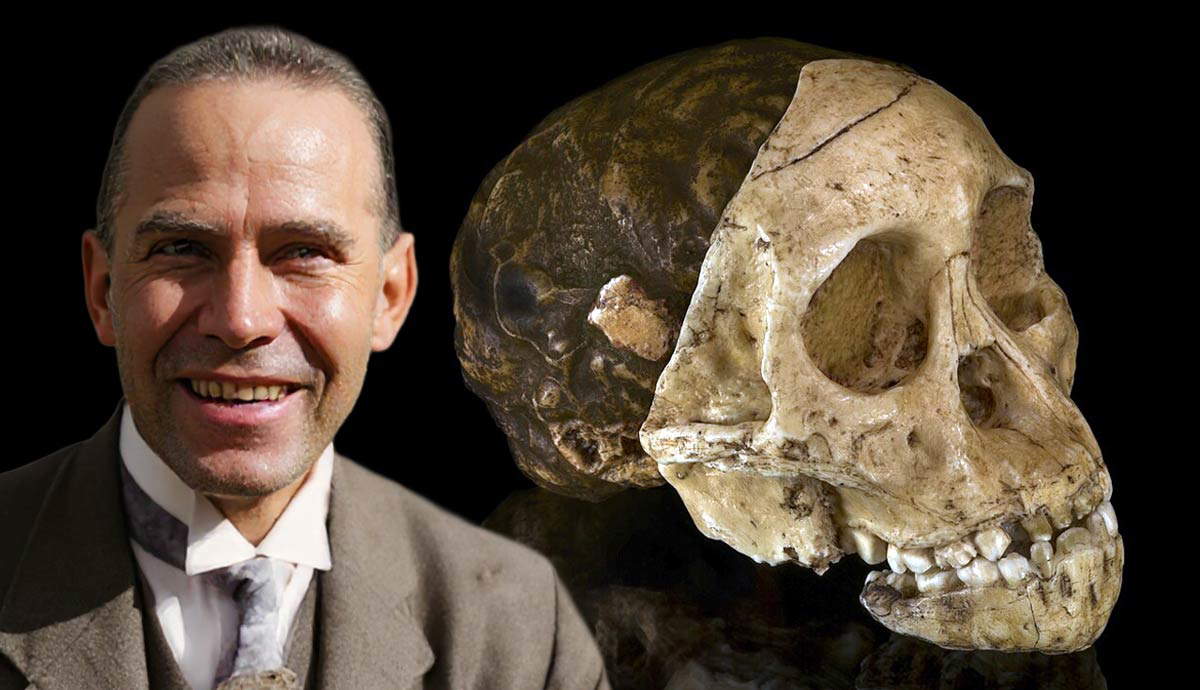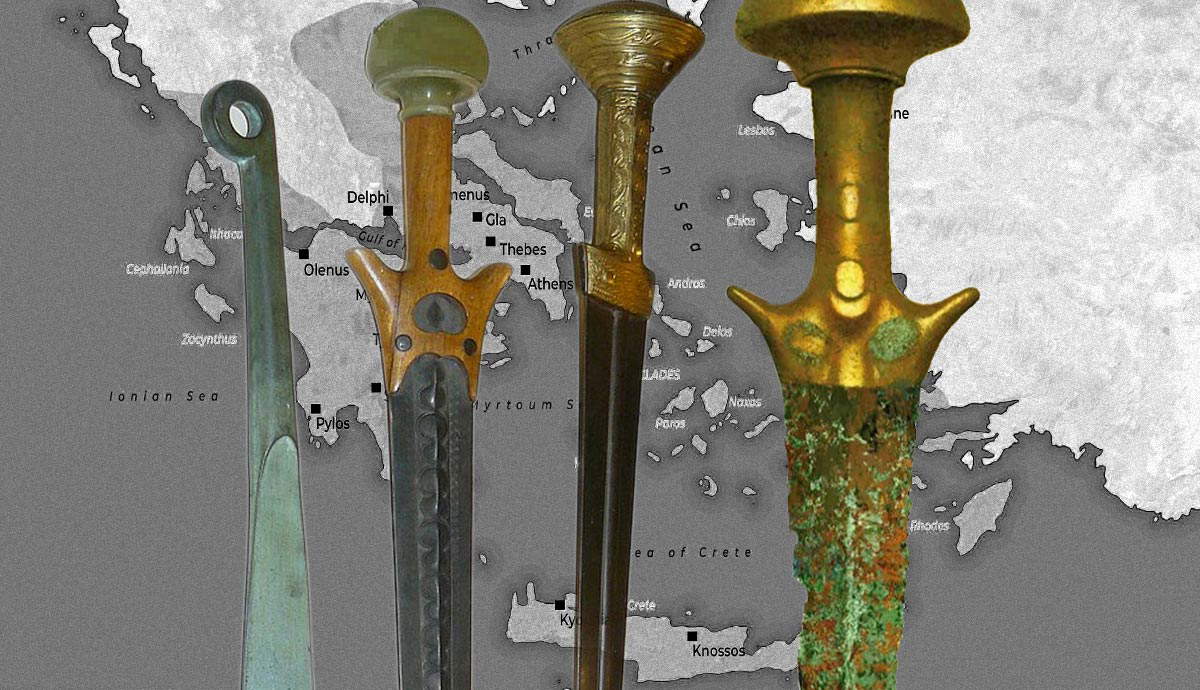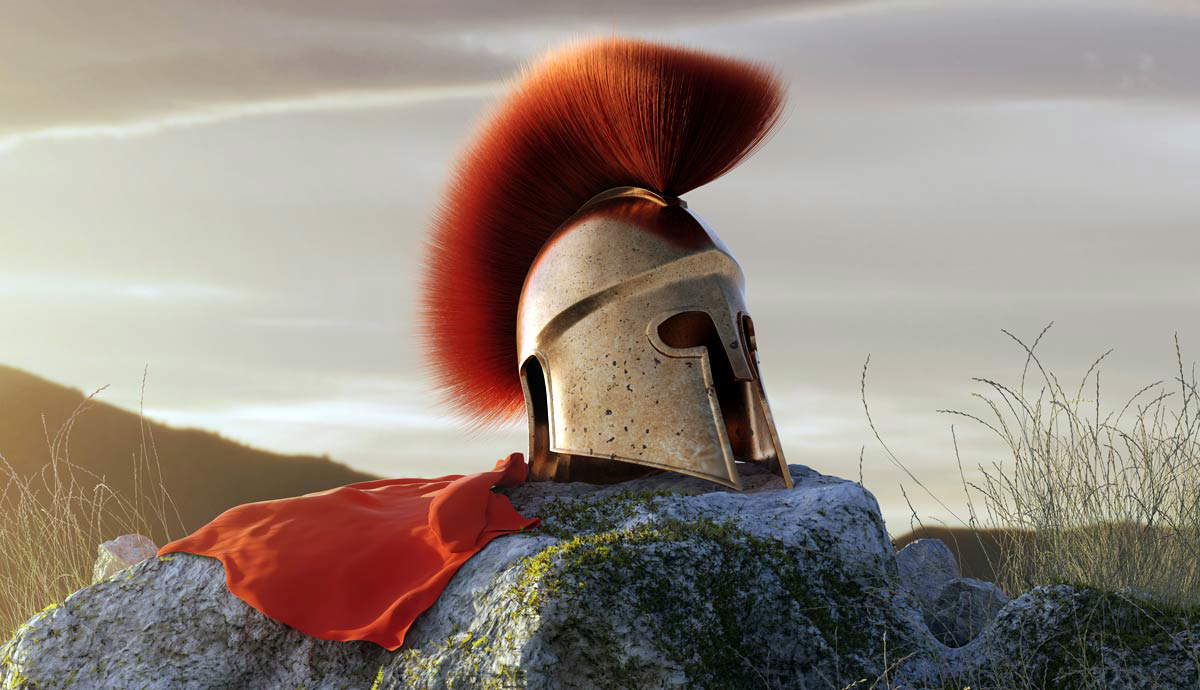
Hellenistic Sparta had been in decline for a century and a half. In the middle of the 3rd century, two kings attempted an ambitious reform of Sparta’s social and political system. The revolution of Agis IV and Cleomenes III produced a sudden turnaround in Sparta’s fortunes but encountered resistance from within Spartan society and from the Achaians and Macedonians.
The attempt to revive Sparta cost Agis his life and threw Cleomenes into a costly war. However, despite the opposition, this revolution was not without its successes. For a brief time, the Spartans almost regained the leadership of the Peloponnese.
The Long Crisis of the Spartans

Signs of a social and political crisis were visible even at the pinnacle of Spartan power in the 5th-4th centuries BCE. Oliganthropia, the gradual decline of citizen numbers, had long sapped Spartan power. From a maximum of never more than 10,000, the number of Spartan citizens had fallen to 1,000 by 370 BCE and perhaps as few as 700 by the 240s. This dwindling manpower meant that a single defeat at Leuctra in 371 BCE was crippling.
Sparta’s unique social model was based on an inflexible hierarchy. At the top of Spartan society were a small group of full Spartan citizens. Rarely more than 8,000-10,000, this elite group professed a measure of equality among themselves and devoted their lives to building a proficient military. Supporting this elite were successive layers of disenfranchised Spartans, the inhabitants of the wider Spartan region of Lakonia, and the Helots, an enslaved Greek population.
Spartan citizenship came with a wealth requirement, and failing to maintain it meant the loss of citizenship. With no social mobility, a danger of being disenfranchised, a xenophobic fear of integrating new citizens, and many battlefield casualties, the number of Spartans shrank.

The loss of manpower sidelined Sparta in a rapidly changing world as new threats emerged. Macedonia was a distant but powerful threat that the weakened Spartans could do little about. By the mid-3rd century, a new, much closer, danger had arisen. Starting from the north coast of the Peloponnese in southern Greece, the Achaians had developed a federal state which brought in more and more cities and weakened Macedonian influence. In the process, the possibility that the Peloponnese would be united by the Achaians started to emerge. The achievement of such a dream would inevitably mean the absorption of the remaining Spartans.
The Reforms of Agis IV

A Spartan peculiarity was that they had two kings ruling simultaneously. Despite the tensions this often caused, the tradition had been maintained since time immemorial. In the 240s this system led to two contrasting personalities ruling at the same time.
The elder of the two, Leonidas II, was said to be in love with wealth, luxury, and a foreign woman. All, supposedly, not very Spartan. In contrast, the 20-year-old Agis IV publicly rejected luxury in favor of traditional Spartan dress and austere virtues (Plutarch, Agis, 4.1). Agis came to the throne with a clear plan to deal with Sparta’s long crisis. Reviving traditional dress, manners, and practices was only one part of his agenda. The main task would be to reverse the declining citizen body through ending inequality.

Like much of the Greek world, Spartan society appears to have suffered severe wealth inequality during the late Classical and Hellenistic eras. Some scholars have seen an increased polarization between rich and poor in the 3rd century and a growth in the power of the aristocracy. This is not just a modern opinion, as Plutarch also states that there had been a greater concentration of wealth among the Spartans (Agis, 5.2).
A modern estimate suggests that within the dwindling band of ~700 citizens, perhaps 100 or so represented a particularly wealthy landed elite. This may have been exacerbated by another feature of Sparta, the relative prominence of women. Some Spartan women were among the wealthiest members of society, with Agis’ mother, Agesistrata, believed to be especially rich (Plutarch, Agis, 6.4).
Agis’ solution was a program of debt cancelation and land redistribution. This would free citizens from the danger of being disenfranchised by failing to meet the wealth requirements and would create new citizens. Both Agis and his mother contributed their own considerable wealth to the program and Agis won some support among the elite and the wider population. However, Leonidas was able to gather opposition around himself.
Despite substantial support, Agis’ program was narrowly defeated by the Ephors (a five-member board of elders) and the Gerousia (the Spartan senate). Refusing to give up, Agis now took a step with far-reaching consequences. His allies engineered the removal and exile of Leonidas and replaced him with a more cooperative king. The Spartan Revolution would test, and ultimately break, the dual kingship tradition.

Agis now pushed ahead with his reforms which he now framed not as an innovation but as a restoration of Sparta’s ancient system which had become corrupted. Mortgages were gathered in the marketplace of Sparta and burned to symbolize the cancellation of debts. However, the implementation of the program was fatally flawed. Debt cancellation was more popular than land redistribution and there were suspicions that the process was distorted by personal motives. Chief among those suspected was Agesilaus, Agis’ uncle, who was happy to see his own significant debts written off. As a result, it seems the first half of the program went ahead without the land redistribution.
Still, this measure was popular and appeared to have an impact. When Agis led out a newly reinvigorated army to support their temporary Achaian ally, observers were impressed by the restored morale of the Spartans. Since the social problems of Greece were not confined to Sparta, Agis’ army drew the attention and admiration of the population of the Peloponnese. Fearful of the influence of this revolutionary army the Achaian leadership promptly dismissed Agis.
This public humiliation undermined Agis, opening the door to Leonidas. Humiliated abroad, Agis had lost support at home due to the delay in land redistribution. Leonidas was quickly back in power forcing Agis to flee. Rather than leave Sparta he sought sanctuary in a temple of Athena but after being lured out, Leonidas’ men arrested Agis and swiftly had him executed along with his mother.
The Spartan Revolution seemed to be dead along with its founder. Agis had perhaps underestimated the opposition his reform would produce and the difficulty of the process. He had hesitated both to carry out the full program and to eliminate Leonidas. His opponent showed no such lack of ruthlessness when he returned. However, the cause Agis had died for was not defeated.
Cleomenes III: Unlikely Revolutionary

The revival of Agis’ program came from an unlikely source. Wishing to control the memory of Agis, Leonidas forced the former king’s wife, Agiatis, to marry his son Cleomenes. The move backfired as Agiatis inspired in Cleomenes an admiration for the man his father had killed, keeping the reform project alive (Plutarch, Cleomenes, 1.1).
Agis had tried to reform Sparta during a time of peace. But Cleomenes saw a better opportunity in war. When Cleomenes succeeded Leonidas in 235 BCE the potential threat posed by the Achaians grew more immediate. In that same year Megalopolis became the latest city to join the federal state meaning that the Achaians now had a new member which was both on Sparta’s border and implacably hostile to the Spartans.
In 229-8 BCE a war began between the Spartans and Achaians over the allegiance of several central Peloponnesian cities. The war began well for Cleomenes as he got the better of the Achaian general Aratus. Cleomenes managed to strengthen his position further by winning another battle against the Achaians in 228 BCE and decided that the time had come to strike.
In Sparta, Cleomenes’ supporters arranged the murder of the powerful ephors and exiled around 80 leading citizens. Now the undisputed ruler of Sparta, Cleomenes revived Agis’ reform program and declared a cancellation of debts, the pooling and distribution of land, and the enlisting of worthy foreigners as Spartan citizens.
A large part of the new army this would create would not be trained with the traditional short spear of the Greek hoplite but with the long pike of the Macedonian phalanx. Once again this revolution was framed as a restoration of Sparta’s ancient constitution which had been degraded under an elite unconcerned with the common good.
Cleomenes’ War and Revolution

Cleomenes had succeeded where Agis had failed. Sparta once again had a formidable army which its enemies feared, and internal opposition had been eliminated. To secure the revolution, Cleomenes would have to win the war that had begun in the Peloponnese.
The Cleomenean War which had started in 229 BCE intensified after Cleomenes’ coup. From a border war in the central Peloponnese, it became a fight for survival between the Spartans and the Achaians. A fight the newly revived Spartans appeared to be winning when Cleomenes’ retrained and augmented army took the fight to the Achaians. The revolutionary Spartans found that Cleomenes’ program stirred up hopes across the Peloponnese, easing their advance.

It is debatable whether it is correct to talk of a Spartan Revolution. The name is somewhat anachronistic and has the potential to distort our understanding of these events. However, the term revolution seems justified given that Agis’ and Cleomenes’ efforts fundamentally changed Spartan society.
This was, however, very much a Spartan revolution. Agis and Cleomenes were not idealists who dreamed of reversing the inequality of their world and creating something new. Instead, they analyzed the troubles afflicting Sparta and applied a remedy that they believed would restore Sparta to its former glory. The restoration of Sparta was their sole focus. Remarkably their efforts appeared to have succeeded. Sparta had reversed its decline and by the mid-220s the leadership of the Peloponnese was once again within its grasp.

At this point the limits of the revolution became apparent. Cleomenes had no intention of exporting his reforms. Other communities were free to ally with the Spartans but they never advocated debt cancelation and wealth redistribution beyond Lakonia. However, the hope that the Spartans would spread their revolution destabilized the Achaians.
The Achaian leadership was dominated by a wealthy elite of prominent leaders like Aratus and they understood the threat Cleomenes posed. With the Achaian army unable to stop Cleomenes, and with revolutionary hopes causing cities to defect to Sparta, Aratus took a dramatic decision to ensure the survival of the state he had done so much to build.
With Aratus as its driving force from the 250s onward, the Achaians had gradually removed Macedonian influence from the Peloponnese. Faced with the dissolution of the state he had helped build, Aratus undermined his life’s work and called on Macedonian aid as the only way to defeat the Spartan threat.
In a series of initially secret negotiations, Aratus surrendered large parts of the Peloponnese to the Macedonian king Antigonus Doson (263-221 BCE). In return, the formidable Macedonian army marched south to end the Spartan Revolution.
Battle of Sellasia

Macedonian intervention turned the tide of the war but the limits of the Spartan Revolution also undermined Cleomenes. The support Cleomenes had won from the lower levels of society across the Peloponnese ebbed away as the hopes of the revolution being exported faded. Key cities like Argos, which had joined Cleomenes, were lost preventing an attempt by Antigonus to enter the Peloponnese.
As Cleomenes fell back to Lakonia, the fate of the Spartan Revolution would rest on the coming battle with the Macedonians. For this battle, Antigonus had assembled a Greek coalition of just under 30,000 (Polybius, 2.65). Cleomenes’ reforms had clearly worked in increasing Spartan manpower and they had gathered an army of around 20,000.
Many of these troops were likely mercenaries but it had been a long time indeed since a Spartan King led such a large force. There was no doubt though that Cleomenes was outnumbered, so he took up a defensive position at a place called Sellasia just inside the Spartan border.
The Spartan position was based on two hills either side of the main road to Sparta. Cleomenes fortified these hills and placed himself on one (Olympus) and his brother, Eucleidas, on the hill opposite (Evas), causing Antigonus to pause before beginning his assault.
The Macedonians attacked the hill of Evas first and gradually overcame Eucleidas’ men. Before he was surrounded, Cleomenes took the initiative and attacked the Macedonian phalanx under Antigonus. At first the Spartans started gaining ground but the superior numbers and ability of the Macedonian troops eventually took their toll. As his army collapsed Cleomenes fled back to Sparta.

The defeated king did not stay long in the city, but headed to the coast and took a ship to Egypt. Cleomenes ended up a prisoner of the Ptolemaic court in Alexandria, never allowed to return to Greece to try and reclaim Sparta. When his fate became clear, Cleomenes attempted to lead an uprising in Alexandria but when this final hope failed he killed himself.
Antigonus marched on Sparta after the battle and was said to have restored its old constitution meaning that the revolution was ended and at least some of its measures reversed. He could not stay long though. News reached Antigonus within days of the battle that Macedonia had been invaded from the north and needed defending.
The invasion was repulsed but Antigonus did not survive the process, leading a number of ancient historians to remark on Cleomenes’ bad fortune. If only the Spartans could have delayed the Battle of Sellasia a few days, then their main enemy may have been forced to withdraw.
Legacy of the Revolution

The Battle of Sellasia ended any hopes for a reversal of Sparta’s long decline. It was one of the last times a single independent polis played a major role in Greek affairs. Whether any of the social measures Cleomenes took during his reign had time to become permanent is difficult to say, but the major change the period brought about in Sparta was the rise of a single powerful individual. Sparta had had powerful kings in the past but the bitter fighting between Agis and Leonidas and the role of Cleomenes meant that for the remainder of Spartan history, one-man rule, tyranny to some observers, became common.
Sparta’s independent history did not have long left to run. The Achaian alliance with the Macedonians and then the Romans allowed them to complete the dream of controlling the Peloponnese and in the 2nd century BCE, Sparta was compelled to join the new power. It was a short-lived victory, however, as the Spartans never embraced their membership of the federal state and finally triggered the Achaian War which saw the Romans turn on their Achaian allies and end their independence.


